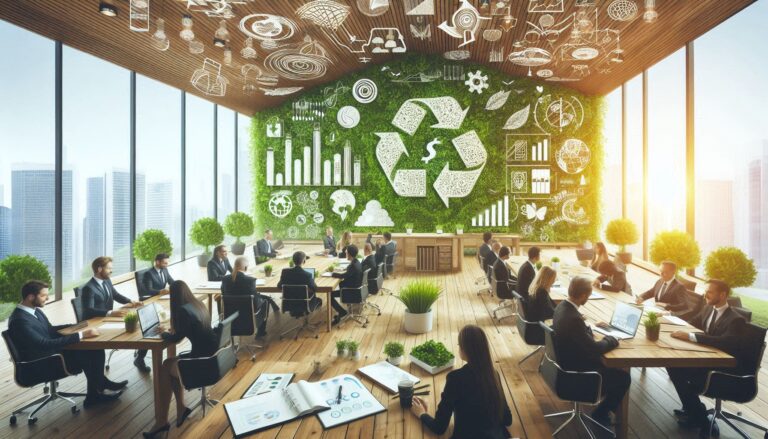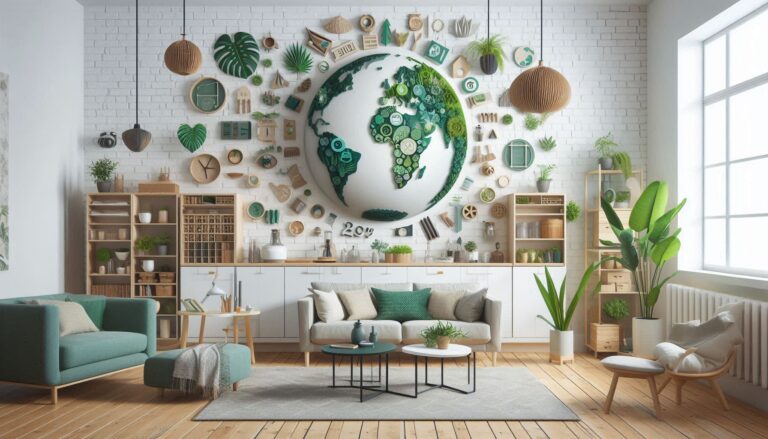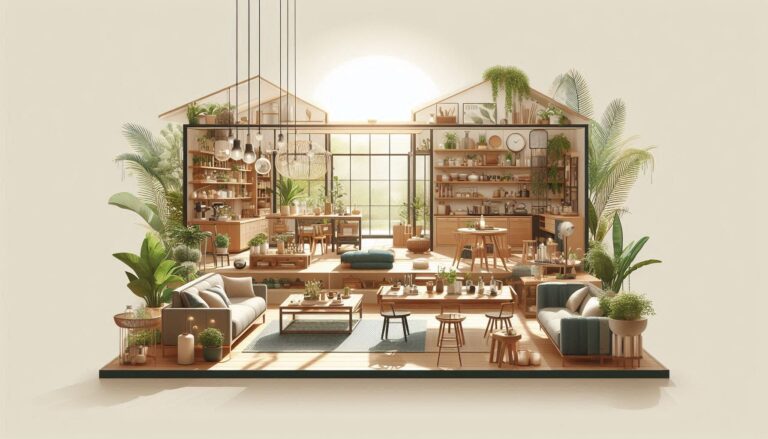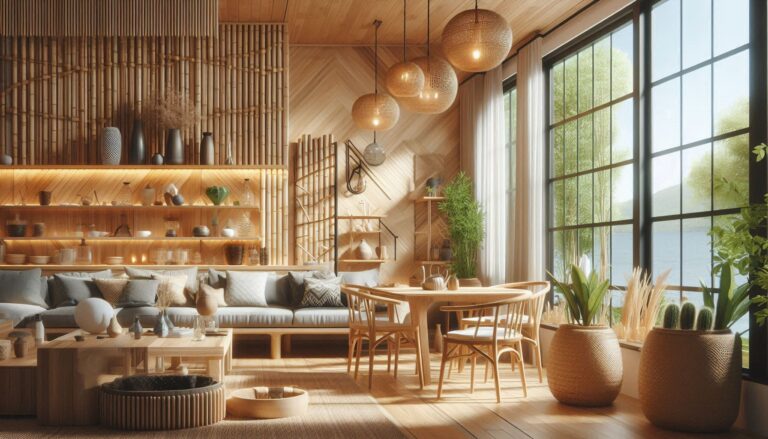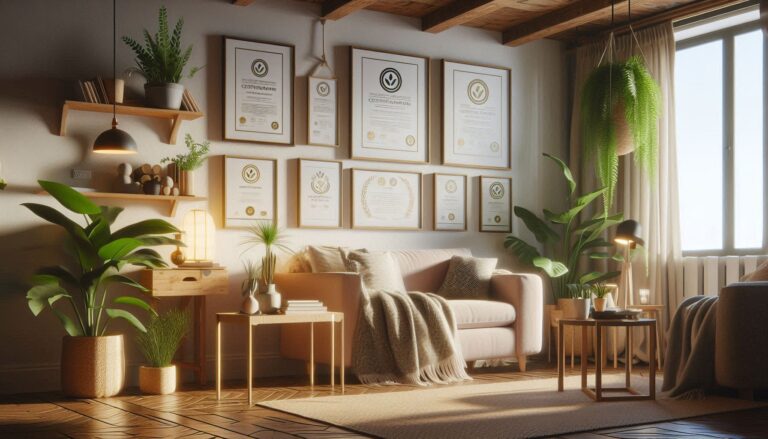Case Study: Transforming a Commercial Space with Sustainable Interior Design
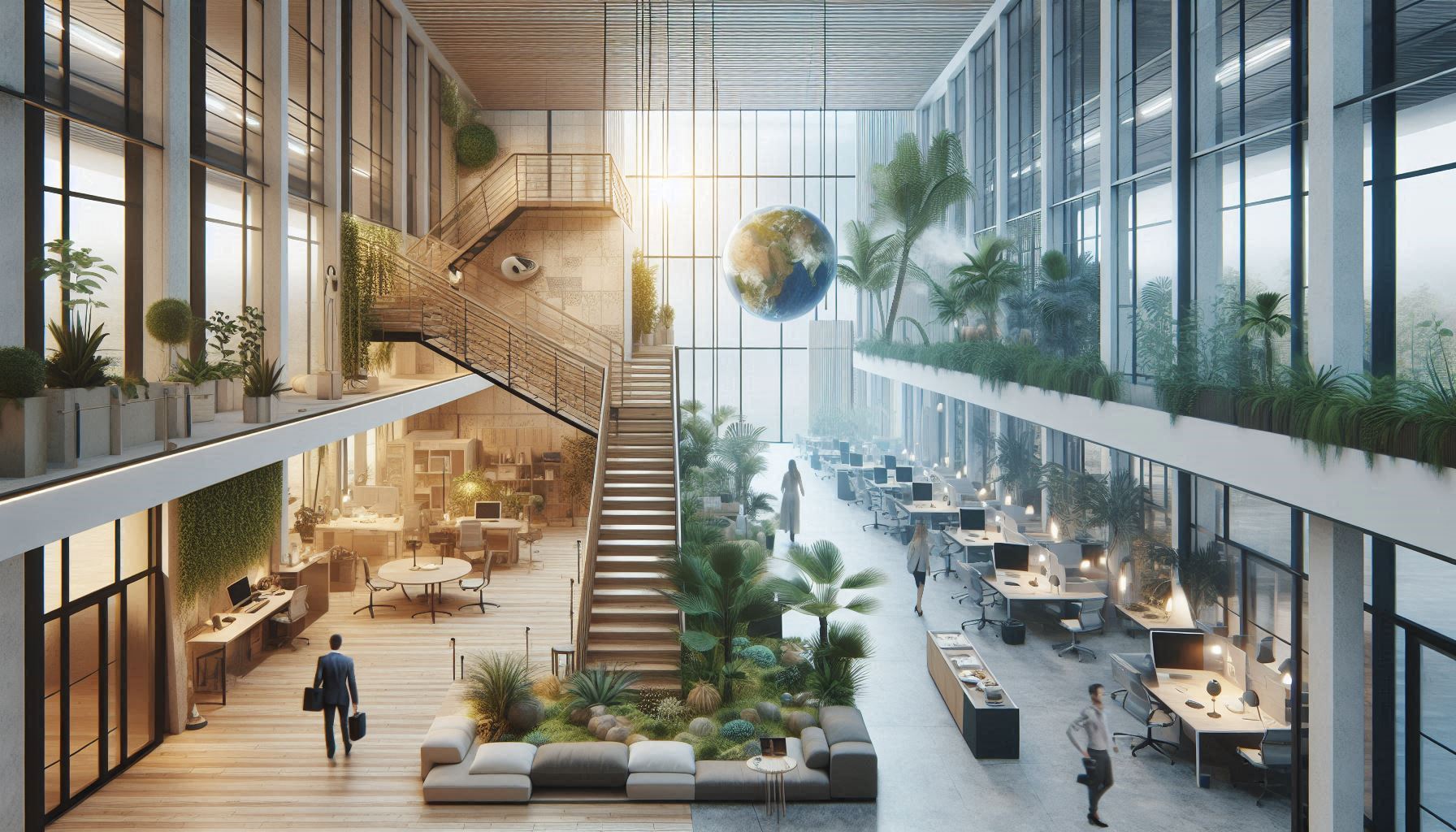
Sustainable interior design isn’t just for residential spaces—it can make a significant impact on commercial spaces as well. This case study highlights the transformation of an office building into a green, eco-friendly environment that supports both environmental sustainability and employee well-being.
The Challenge
The project involved redesigning a commercial office space for a growing tech company. The existing office had outdated furnishings, inefficient lighting, and a lack of natural light. The client wanted to create a space that was not only modern and stylish but also environmentally conscious.
Sustainable Design Solutions
• Energy-Efficient Lighting: The first step was to replace the existing fluorescent lighting with energy-efficient LED bulbs. Motion-sensor lighting was installed in common areas to reduce energy consumption when spaces were unoccupied.
• Use of Reclaimed Materials: The design team chose to use reclaimed wood for furniture and wall treatments. The wood was sourced locally, reducing transportation emissions and ensuring a low environmental impact.
• Incorporating Natural Elements: Large windows were installed to maximize natural light, and interior plant walls were created to improve air quality and add a touch of biophilic design. These features not only enhanced the aesthetic appeal of the space but also contributed to employee wellness.
• Sustainable Flooring: The flooring was made from recycled rubber and bamboo, which are both durable and environmentally friendly materials. The floors were chosen for their minimal impact on the environment and their ability to withstand heavy foot traffic.
Outcome
The redesign of the commercial space led to a 30% reduction in energy consumption, a 50% reduction in waste generated by the office, and improved employee satisfaction. The incorporation of sustainable materials and design principles created a healthier, more productive environment that aligned with the company’s commitment to sustainability.
Conclusion
This case study illustrates how sustainable interior design can be successfully integrated into a commercial setting, benefiting both the environment and the people who work in the space. By adopting energy-efficient solutions, using reclaimed materials, and maximizing natural elements, the company was able to transform its office into a space that reflects its values and contributes to long-term sustainability.

